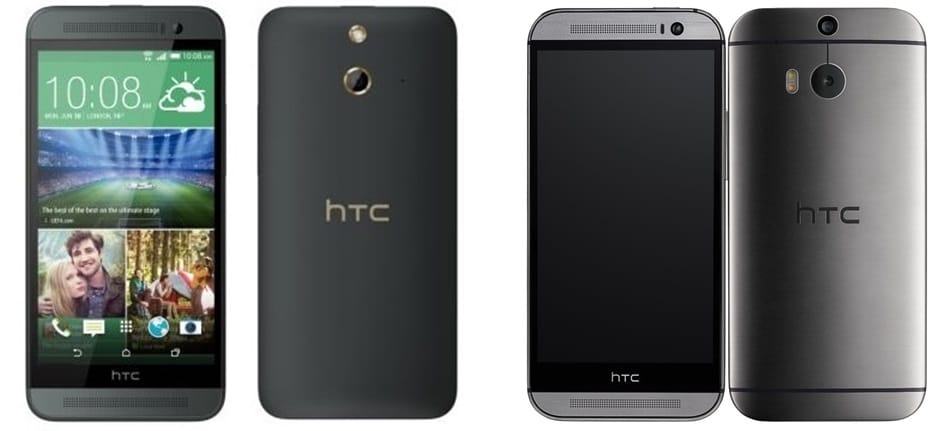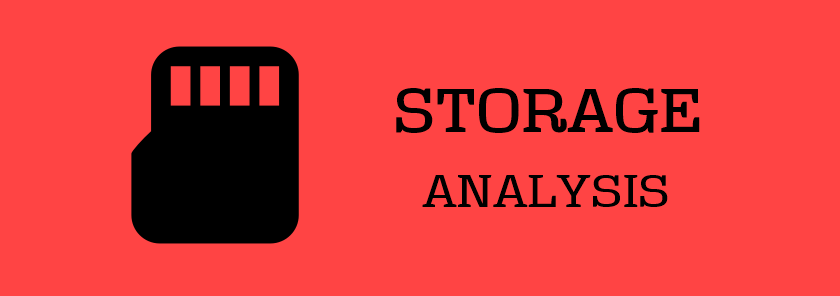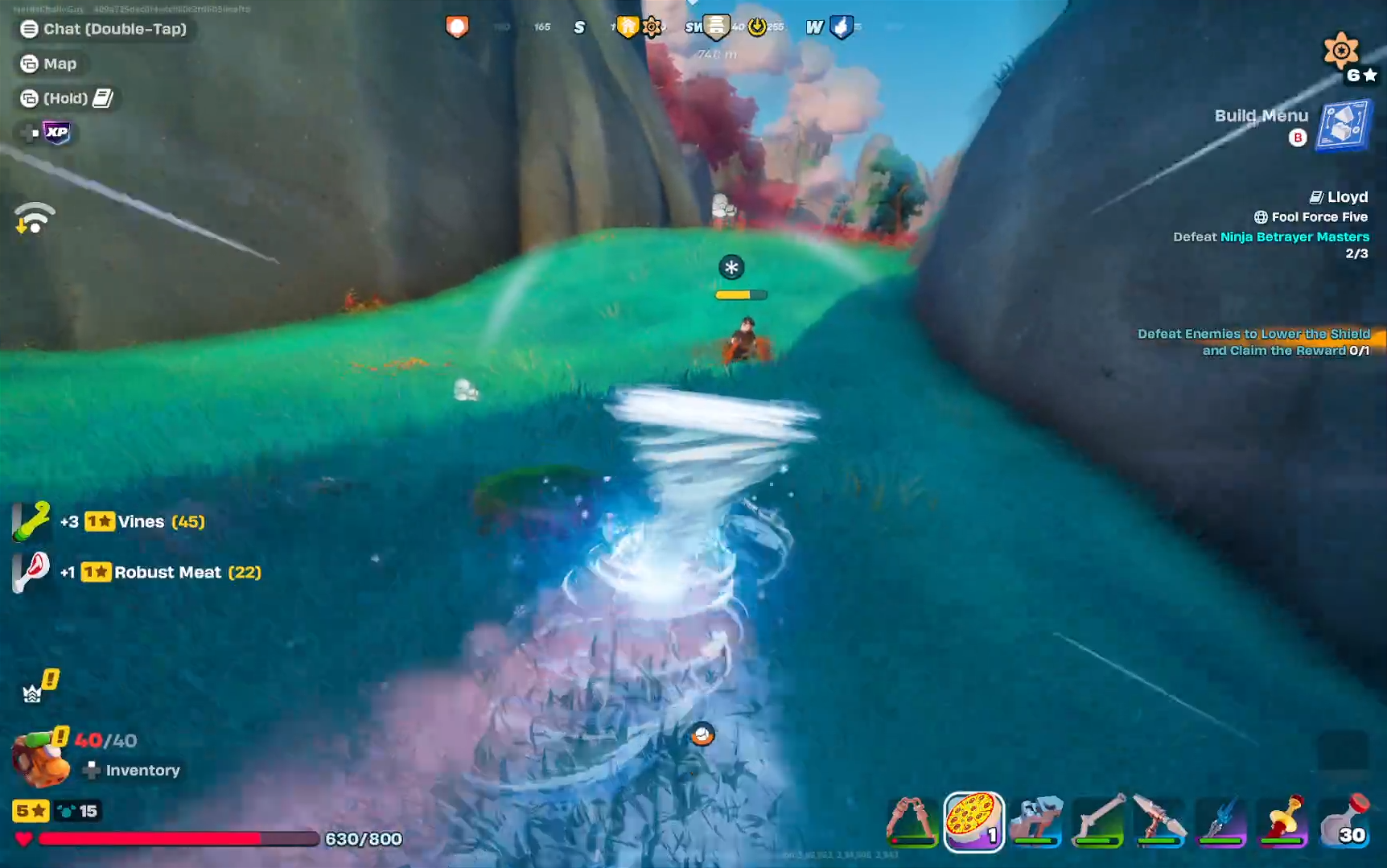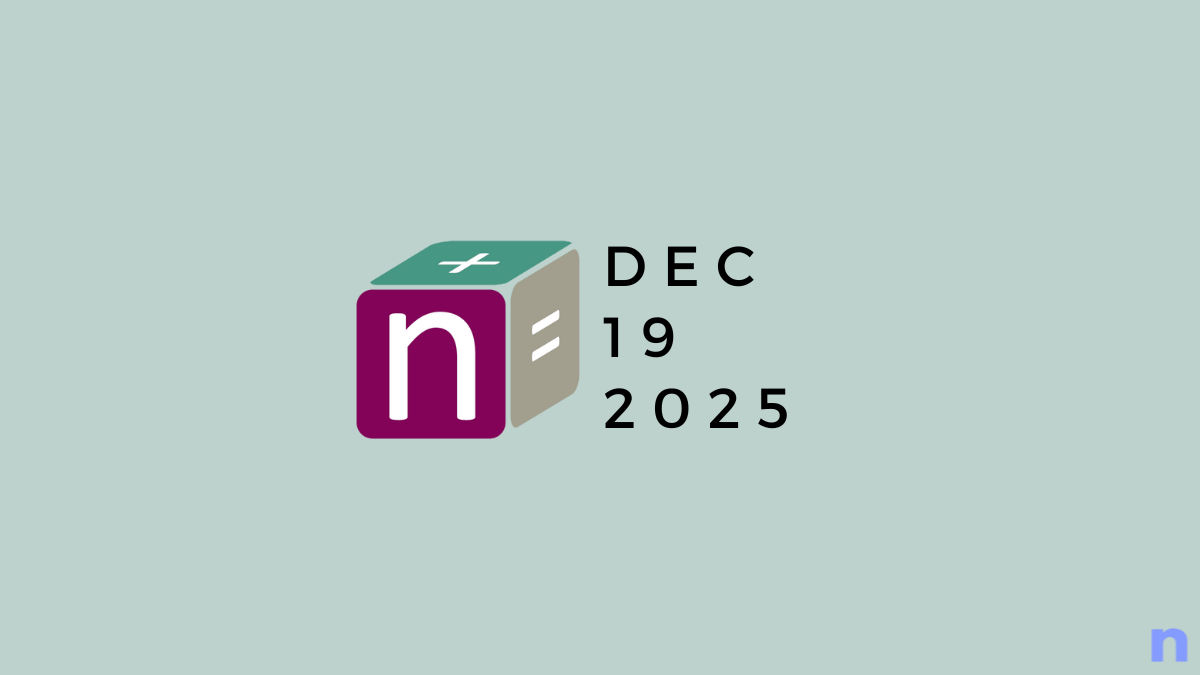HTC brought a torpedo of powerful features in the form of HTC One M8 that was launched as their flagship device earlier this year. The device hosts premium quality hardware and the amazing User interface but end up in the high-end range and is a shining star in the sky for budget users. With the announcement of HTC One E8, the company is attempting to offer the same top notch features of HTC One M8 at a lower price by trimming down some features.
So let’s take a tour to find out which features are trimmed down to cut the cost from the in-depth comparison of both the devices in every aspect. So let’s see what HTC is offering the budget audience in the form of HTC One E8. We’ll see the major differences of the two devices in detail along with the things they have in common.
BUILD QUALITY
HTC One E8
HTC One E8 comes with a matte finish polycarbonate shell with curvy edges that is comfortable sits in your hand. The E8 comes with the same BoomSound speakers on the front which gives a good sound output from the device. The E8 measures 146.42 x 70.67 x 9.85 mm and weighs about 145 gms. The matte finish on the back promises good usage over a long run and doesn’t attract a lot of fingerprints. The power key has been shifted to the centre of the top edge on the E8.
HTC One M8
HTC One M8 sports a full aluminium design with 90% of its body framed with metal. The Unibody deisgn of M8 is quite impressive with the dense assembly of the phone and its sleek design. The elegant look and the premium finish of the with brushed metal design and smooth curves is a easy winner of looks. The placement of stereo strips on the front adds to its beauty. The device definitely feels good to hold in the hand. HTC M8 has the dimensions 146.4 x 70.6 x 9.4 mm weighing 160 gms.
HTC M8 is all about premium look and HTC done its part well with the metallic design, however on the other hand the HTC One E8 comes with a matte finished polycarbonate shell which cuts the cost to a greater level. The plastic on the E8 is not glossy and can be good for daily usage but it lacks the premium touch of M8, but it definitely reflects a cheaper look which is understandable on a budget device. The E8 is 0.45 mm thicker than the M8 but that doesn’t count much in the daily usage. There is a considerable weight factor of 15 gms in favor of E8, but M8 nullifies it with its premium looks. So both the devices looks the same way except for the material used and Premium touch.
CAMERA
HTC One E8
The HTC One E8 has a single regular 13 MP camera on the back with F/2.2 aperture which is most likely to be the OmniVision’s OV13850 sensor that is used in the HTC One Mini 2. The rear camera comes with a LED flash and a 5 MP camera is provided at the front which is capable of shooting HDR videos. As a budget device, it may not feature camera features like Zoe Capture in and Ufocus which is used to process the images captured to add Lytro effect of blurred-out objects in the foreground or background.
HTC One M8
The HTC One M8 offers a 4 MP Dual secondary camera which takes images at 2688х1520 pixel resolution, Of the two secondary cameras, one is same as the usual Ultrapixel camera while the other is for capturing the image depth. The camera duo alllows you to take 3D-like image in real time. After taking a photo, you can use UFocus feature to add the Lytro effect of blurred-out objects in the foreground or background. Video recording can be done up to 60 FPS for 1080p video. The front camera is a 5 MP camera which can take HDR images as well.
The HTC One E8 has a conventional 13 MP snapper losing the camera duo that is debuted in HTC M8 which can take high quality images and 3d-like images in real time, but for a budget oriented device, this sacrifice is inevitable. It’s also a debatable whether the 13 MP camera is better or worse than the HTC One M8’s Ultrapixel camera, the 13 MP sensor can capture some good images and is not at all the worst degrade from M8’s camera and a budget user can be more than happy with its performance.
STORAGE
HTC One E8
The HTC One E8 comes in a 16 GB variant and also supports the MicroSD card support upto 128 GB. At this point there is no word on the OTG support on the device, but considering earlier smartphones of HTC, it is more likely to have this functionality.
HTC One M8
The HTC One M8 comes in 16 GB and 32 GB variants and also supports the MicroSD card support upto 128 GB. If the storage still concerns you, you can attach a pendrive or portable hardrive using OTG cable.
There are no major differences in this section, except that the E8 comes only in the 16 GB variant as per the reports. That is not at all a factor to bother as long as we have the microSD expansion and OTG support.
These are the major changes that HTC has made in the HTC One M8 and as we can see that the manufacturer has ditched the Premium metallic shell and innovative dual camera setup to cut the costs. However for a device that is intended for moderate budget users, the polycarbonate shell and a 13 MP camera will make a good audience if the price is reasonable for the design.
HTC however retained most of the premium features that are hosted by the HTC One M8, to offer the top notch performance at a reasonable price. We would say stripping down the look of the device to plastic doesn’t change the device performance as the E8 also features the same hardware as the M8. Here are the features that are retained in the E8:
DISPLAY
Both the devices features the same 5 inch 1080 x 1920 pixels Full HD display with Super LCD3 capacitive touch screen which offers a whopping pixel density of 441 ppi. HTC One M8 offers more realistic picture reproduction due to the IPS display but sometimes the picture seems washed away, and we assume the same is true in the case of E8. The screen size shrunk down a bit due to the fact that the device has on screen controls rather than capacitive touch buttons. So on these devices, you are actually getting a lesser screen size than what is actually advertised.
AUDIO
The powerful Dual boom Sound speakers are continued in the E8 as well, which offers excellent sound quality and deeper sounds in external conditions as well. The Dual Boom speakers not only offer better quality but also acts as an added beauty to the device’s design. The position of the speakers in the E8 is the same as that in the M8 which resides on top and bottom of the screen in the form of strip lines. The placement of the speakers is also suitable for most conditions as they will be well exposed to the surroundings. HTC’s software customisations make the sound quality even better.
USER INTERFACE
The HTC One M8 comes with the latest Android 4.4.2 Kitkat out-of-the-box and recently the HTC One M8 GPE received the 4.4.3 update, and other variants of M8 will eventually roll out soon. The HTC E8 is supposed to come with the same Android 4.4.2 OS but with the release of 4.4.3, HTC may surprise us with the 4.4.3 out-of-the-box on the E8. Apart from that HTC offers Sense UI 6.0 which run on top of android and provides a Sleek and clean interface. The UI is exceptionally good with a eye catching icons and transitions. The on screen buttons provides a smoother navigation on the device. Sense UI is fast and more modern and offers good looks. HTC offers its home grown BlinkFeed as the newsfeed for its customers.
PERFORMANCE
HTC One E8 is a power house just like the M8, it shares the same Qualcomm Snapdragon 801 processor which is clocked at 2.3 GHz along with a 2 GB RAM. It also includes the Adreno 330 GPU for gaming and graphics performance. Both the devices are expected give smooth and snappy performance. Gaming on M8 is great no considerable lags and the games loads much faster, and we assume HTC E8 provides the same performance as the M8.
BATTERY
Both phones have a 2600 mAh battery, and the HTC M8 performed great with the battery support lasting for two days (more or less) on moderate usage and less than one day on heavy gaming and video play. So given that the specs are mostly identical, the HTC One E8 will probably have a similarly battery life.
CONNECTIVITY
HTC One E8 comes with the same combo of Bluetooth 4.0, NFC and 4G along with the common connectivity options like WiFi, 3G and GPS. But there are few minor degradation in E8, as HTC cut the 802.11ac WiFi capabilities on E8 which was featured in M8, and the other thing which we are not sure is the availability of IR blaster on E8 which is featured on M8 to control TV’s and other electronic devices.
PRICE
The HTC M8 sells at an approximate price of 50,000 INR, though you can get it around 45,000 INR from online stores, so recapping that the E8 is more on budget cutting segment by losing the metallic design and Duo camera, we expect the pricing of E8 would be much lesser than the M8, but we have wailt until further information.
EARLY VERDICT
So looking at the in-depth review, you can easily understand the HTC One E8 offers most of the top notch specs that are featured on the HTC One M8. If you don’t consider the price factor, M8 is an obvious choice and wins the contest with the premium metallic design and rich features, but as E8 is supposedly a budget version of M8, we should consider the price factor as well. The camera difference probably won’t bother the target audience of E8, but there would be a general ambiguity on the Polycarbonate shell as it looks cheaper.
If you can get by with the Polycarbonate shell and minor Camera difference, there is no point in spending extra money on M8 but if you’re looking for a premium Smartphone HTC One M8 is the clear choice. The only factor that matters is the price tag of E8 which is not known at this moment, it would be wise of HTC if the E8 is reasonably priced. There is no point in pricing it near to M8 as the choice would be too obvious, So we have wait a little longer for the final verdict.















Discussion